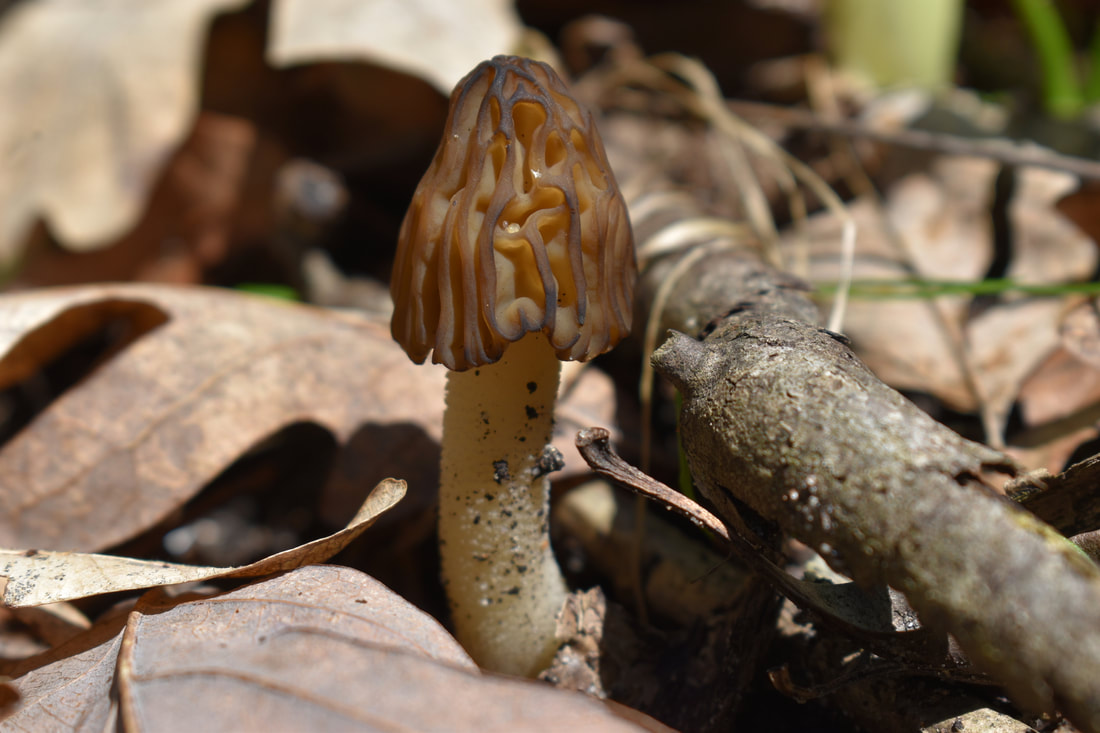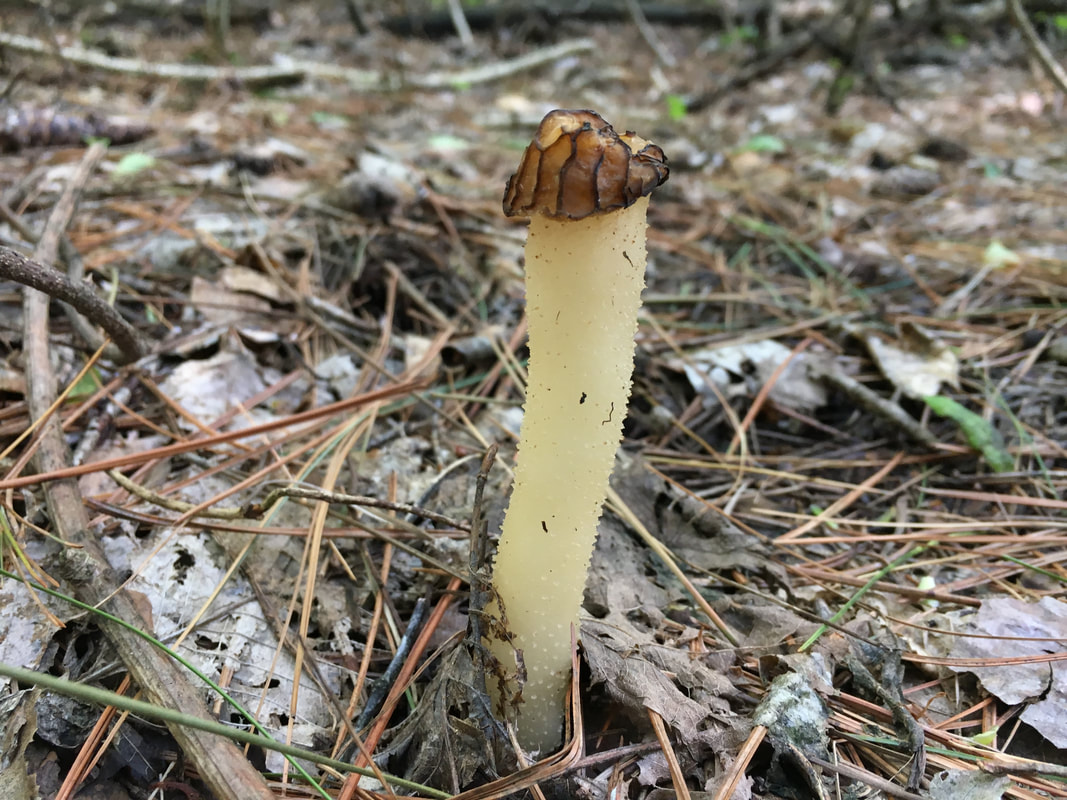|
Mycobank Taxonomy: Fungi, Dikarya, Ascomycota, Pezizomycotina, Pezizomycetes, Pezizales, Morchellaceae, Morchella Morels are one of the most sought-after fungi across the world. They are delicious and – for the most part – defy cultivation. Morchella taxonomy and ecology have long been active fields of mycological research, clarified in part by DNA studies, but a long way off from being fully understood. I am fascinated by their ecological dynamism, Morels seem to be saprotrophic, mycorrhizal, and endophytic, depending on the species and the lifecycle stage. Some species also have intimate relationships with fire. As a result, morels are found in an enormous range of habitats and most statements about ecology seem more like recommendations rather than definitive guidelines for how to find them. The same is true for morphology. In the past, species were defined by rigid dichotomies but now we know each species to exist as a probability cloud of various features in which a holistic view of a given specimen is required to determine the name that best applies. Identification is further aided by collecting locale as a good amount of regional endemism is involved in morel biogeography. Globally, as of 2017, mycologists separate 66 genetic lineages (30 of which are linked to species binomials) in the genus Morchella into three clades: section Rufobrunnea, section Morchella, and section Distantes. These correspond to the rufescent (bruising reddish brown) morels, the pale (i.e., grey to yellow) morels, and the dark brown to black morels, respectively. Fortunately, the morel situation in the northern Midwest seems fairly worked out. You can count on at least eight species: Morchella americana (synonymous with M. esculentoides), M. angusticeps, M. diminutiva, M. exuberans (first reported in 2012 and again in 2016, see Miller et al. 2017), M. prava, M. punctipes, M. septentrionalis, and M. ulmaria (synonymous with M. cryptica). Long-time collectors have used even more species names to describe North American morel specimens that, in the end, actually represented variations of a single species. In particular, grey morels, blond morels, and swollen-stem morels were all given their own species names, but DNA sequencing has shown that these are actually all M. americana. In early spring M. americana is grey, turns blonde as it ages, and can sometimes form a large swollen base later in the season. M. ulmaria, on the other hand, is morphologically identical to M. americana but is actually a distinct species. Until the day that I can carry a mini sequencer in my pocket to analyze the DNA of fungal specimens on the spot, the best we can do is label them both as M. americana, as that seems to be the more common of the two. The common morel (M. americana) and half-free morel (M. punctipes) seem to be the most frequently encountered morel species in the upper Midwest and these are the two that I ate for this blog post. I ate them on pizza. What can I say? They were really good. SpecimenACD0148, Mushroom Observer #368284; 25 May 2019; Dane Co., WI, USA; leg. Alden C. Dirks, det. Alden C. Dirks; GenBank #MZ919156 (ITS rDNA), MICH 352020. ReferencesBeug, M. W., Bessette, A. E., & Bessette, A. R. (2014). Ascomycete Fungi of North America - A Mushroom Reference Guide. University of Texas Press. Loizides, M. (2017). Morels: The story so far. Field Mycology, 18(2), 42–53. https://doi.org/10.1016/j.fldmyc.2017.04.004 Miller, A. N., Raudabaugh, D. B., Iturriaga, T., Matheny, P. B., Petersen, R. H., Hughes, K. W., … O’Donnell, K. (2017). First report of the post-fire morel Morchella exuberans in eastern North America. Mycologia, 109(5), 710–714. https://doi.org/10.1080/00275514.2017.1408294 Online Resources
0 Comments
Your comment will be posted after it is approved.
Leave a Reply. |
PermalinksProject Introduction Top EdiblesHericium coralloides
Laetiporus sulphureus Morchella americana Polyporus umbellatus Suillus ampliporus Archives
April 2023
Categories |
|
|
Terms of Use, Liability Waiver, and Licensing
The material on aldendirks.com is presented for general informational and educational purposes only, and under no circumstances is to be considered a substitute for identification of an actual biological specimen by a person qualified to make that judgment. Some fungi are poisonous; please be cautious. All images on this website are licensed under Attribution-NonCommercial-NoDerivatives 4.0 International (CC BY-NC-ND 4.0). |


 RSS Feed
RSS Feed




